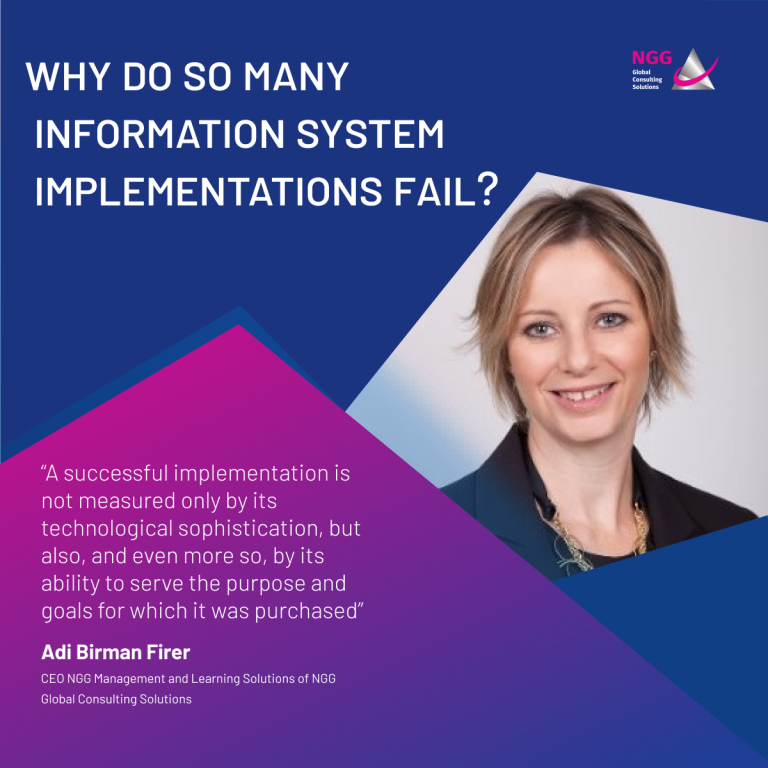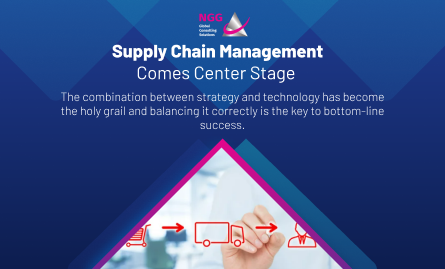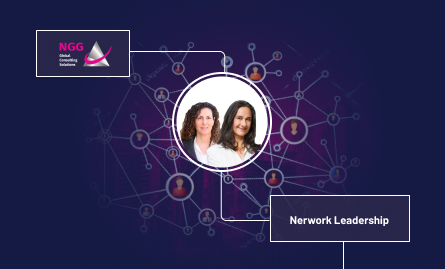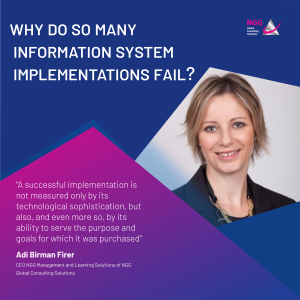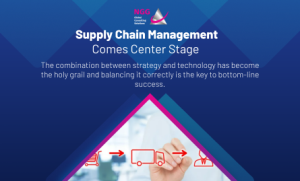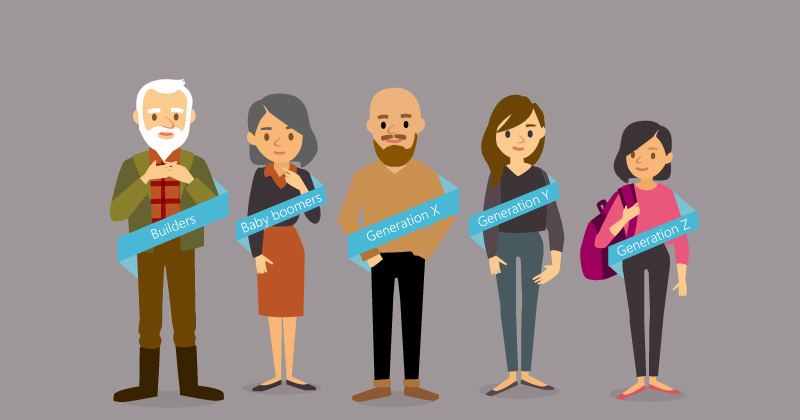
(Image: Shutterstock, Design: NGG)
Never in the history of humankind have there been five generations working side by side in one place. How do we deal with this phenomenon, and is it a blessing or a curse? Nili Godflein, NGG Global Learning Solutions CEO, might have the answer
The 21st century introduced a new phenomenon that was never before seen in the history of humankind. The constant increase in global life expectancy and the improving health conditions of people aged 50 and above created the circumstances that allow five generations to work together in one place, at the same time. They say age is just a number, but different generations may have radically different values, perspectives, shared histories, sociological outlooks, and relationships with technology. Reconciling conflicting views and opposing work ethics and thinking habits among different age groups has always been a multi-generational challenge of contrasts and complements.
But while past employers had only two groups to bridge between, today there are many more. In the past, older employees retired and made way for the next generation. Today, they all work shoulder to shoulder. Meanwhile, human civilization keeps evolving at a staggering pace that doubles every few years. We never said this was easy!
Generation Y
Many have tried to define Generation Y, and countless researchers have tried to pin down what it is that makes them tick. One thing’s for sure – they’re nothing like I’ve ever seen. They are young, dynamic, accustomed to multitasking, and tend toward chaotic thinking. Members of Generation Y are adept at social networking, bluntly opinionated, and abundantly confident in their power to influence and ability to bring change. They grew up in a world of technology, raised in a culture of plenty, and show symptoms of an overly permissive upbringing.
In 2020 they will take up over 50% of the workforce – but they won’t be there on their own. They’ll be there, for better or worse, together with people of different generations, as peers, superiors, or subordinates.
And So, Conflict Is Born
The conflict has to do with more than just age or youth. It is a conflict between the old world and the new, between generational cultures that have so many different facets:
• Significantly different habits, needs, and perceptions
• Significantly different habits when it comes to consuming information, socializing, and relating to authority and vocational stability
• Significantly different expectations from their bosses, leaders, and teammates
• Duality as a blessing or a curse
The world has always been a mix of contradictions that could either complement one another or be at odds with each other. The conversation in the business and management world revolves around:
• People vs. tasks
• Process vs. outcome
• Macro vs. micro
• Maturity vs. youthfulness
• Masculine vs. feminine
These are but a few of the friction points we see in today’s organizational culture. They make up an important part of the discourse on diversity and inclusion. Different generations in the workplace, each bringing its own unique capabilities. Bringing together different points of view can create conflict, but it’s also the cause for diversity, which, if utilized correctly, can be an invaluable tool for society.
Younger people are tech-savvy, understand how today’s world works, exhibit uninhibited creativity, and bring a youthful sense of joy to the table. Older people benefit from experience and perspective. As the old Mexican saying goes, “more knows the devil for being old than for being the devil”.
And Again, Inclusion
The ability to welcome diversity through open dialogue, mutual respect, and recognition of each other’s strong suits produces excellent managers and work teams that may provide complex, fascinating solutions to our complex, fascinating world. Inclusion and diversity can feel uncomfortable sometimes, because they challenge our deepest and innermost aspects of ourselves. We have to keep in mind the old mantra that’s so easy to say but so hard follow: Respect the Other. See the potential in others and keep your cool. As my mother would say – easier said than done.
